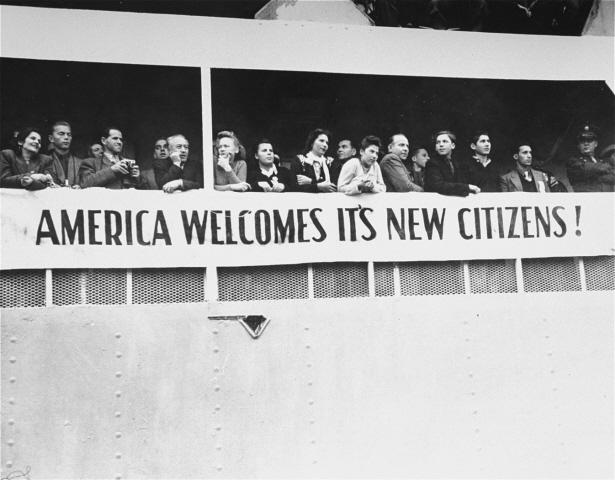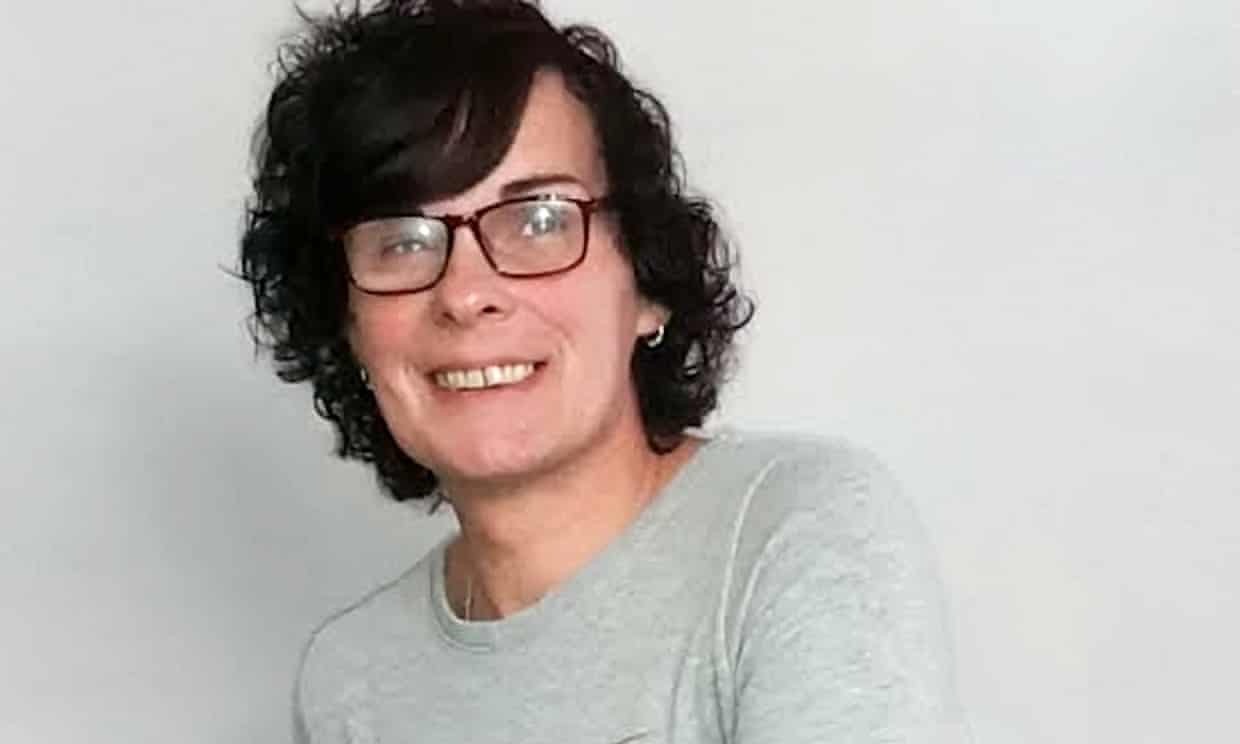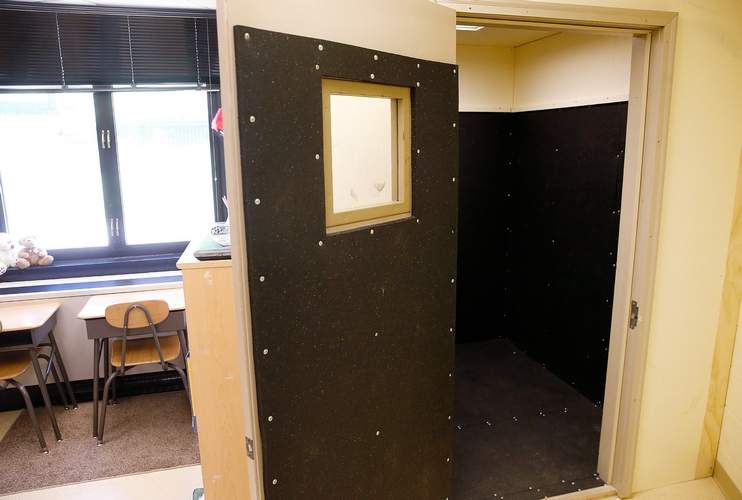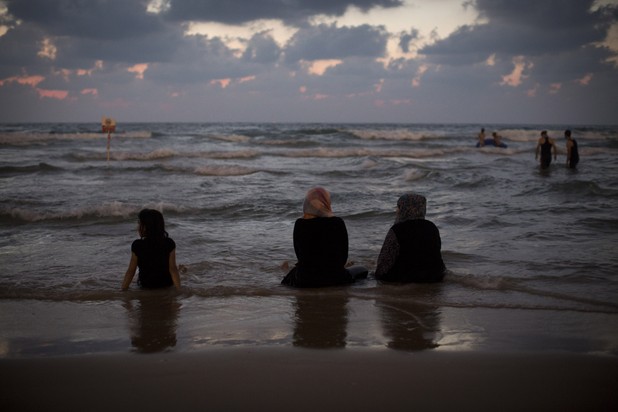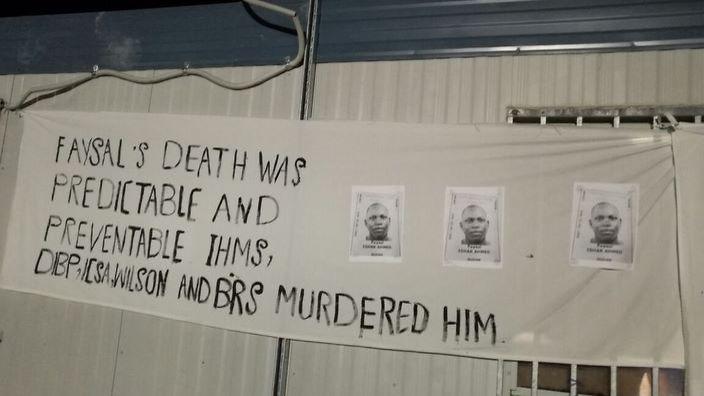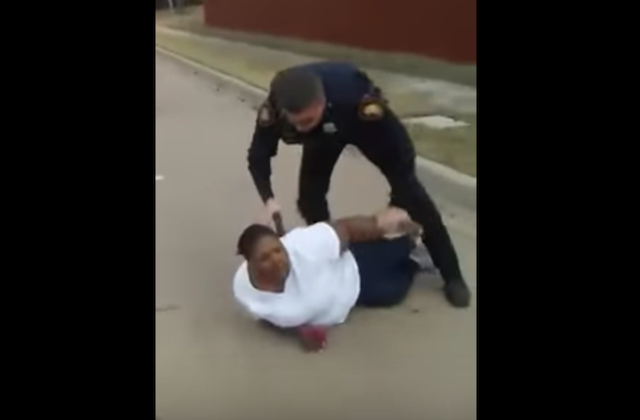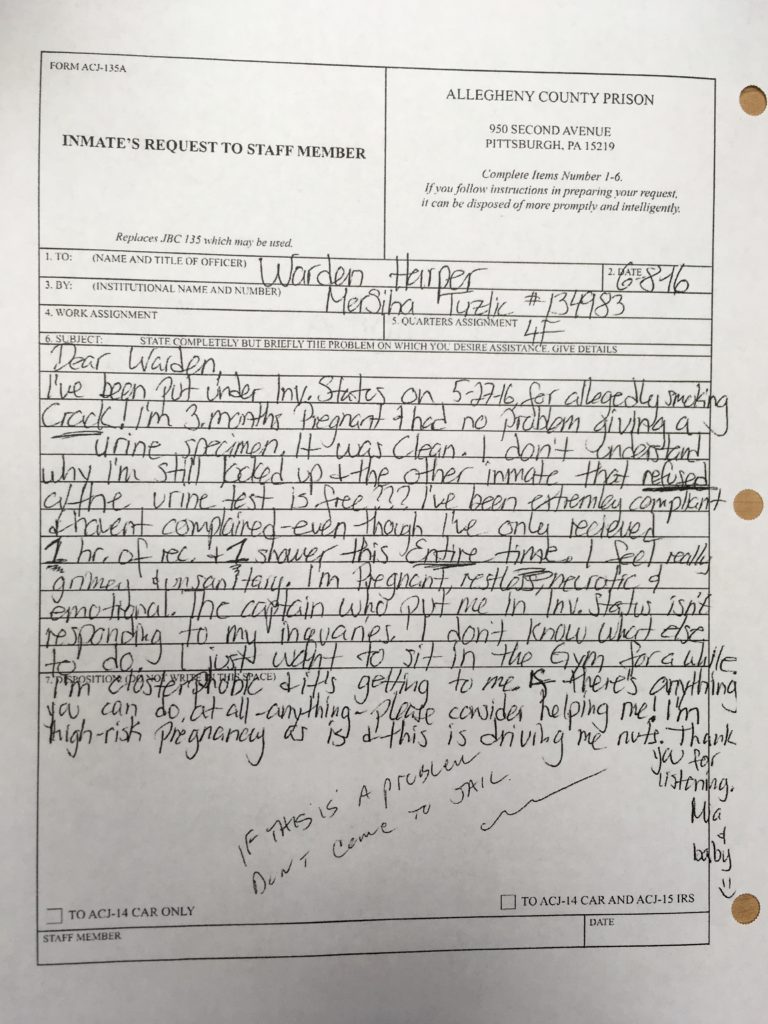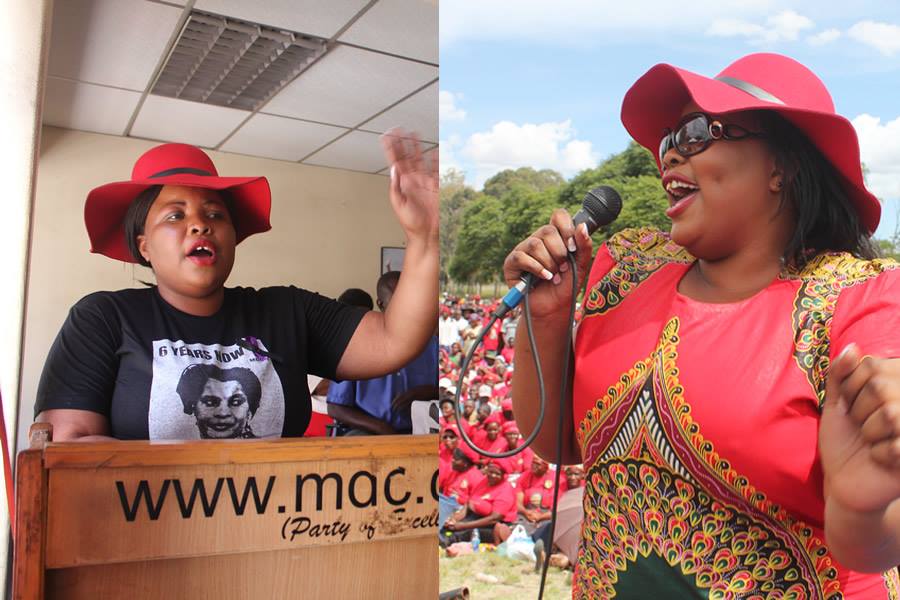
In the past week, two examples of systematic torture of adults living with mental illness have been revealed. In South Africa, a report revealed that at least 94 residents of Life Esidimeni facility died when they were dumped into various “dodgy NGOs”. This week, the Delhi Commission for Women, DCW, conducted a surprise inspection of the government-run Asha Kiran “home” for persons with mental disabilities. Along with disgusting and deplorable conditions and violations of human and women’s rights, they found that, in the past two months, eleven residents, more like prisoners, had died. Asha Kiran never reported the deaths. We live, and die, in an age of global abandonment, and the zone of abandonment is growing as it intensifies.
The stories of Life Esidimeni and Asha Kiran are heartbreaking, first, and then howl-inducing bay-at-the-moon outrageous. The story of Life Esidimeni, or this latest chapter, began in 2015 when the Gauteng government decided to cut costs by cancelling its contract with Life Esidimeni and move close to 1400 residential patients into community care and ngos. According to report and to family members, the move was chaotic, at best, and the residents were treated “like you don’t treat a dog”. Most of the ngos had no certificates, but no matter. The State had decided on its priorities, and the most vulnerable were dumped into hellholes with pretty names, like Precious Angel. Within a matter of months, almost a third of the patients tossed into Precious Angel died. Their last days were slow and agonizing.
The story of Asha Kiran, or its latest chapter, is one of in-house cruelty. Overcrowded and filthy, the place is covered in urine, feces and menstrual blood. Women are forced to line up naked in order to bathe, and of course the corridor is monitored by CCTV. Children are forced to sleep on the cold floors, without sheet or mattress, for the offense of having wet the bed. Asha Kiran is designed for a maximum of 350. In 2015, it housed 900. Since 2001, over 600 deaths have been reported at Asha Kiran, but, as the last two months demonstrate, how many more go unreported remains unknown.
The unreported loss of almost 100 people in Johannesburg or 11 in Delhi is part of the expanding State policy and practice of abandonment: “Zones of abandonment … accelerate the death of the unwanted. In this bureaucratically and relationally sanctioned register of social death, the human, the mental and the chemical are complicit: their entanglement expresses a common sense that authorized the lives of some while disallowing the lives of others.”
As the events surrounding Life Esidimeni and Asha Kiran demonstrate, the abandonment is neither neglect nor forgetting. Rather the abandonment is a full on, brutal, vicious, totalizing assault on body and soul, in which our brothers and sisters, friends and strangers each and all, are slowly and swiftly tortured, and then tortured again.
Life Esidimeni means “place of dignity”. Asha Kiran means “ray of hope.” They are what happens to dignity and hope in the age of abandonment. We are at “the end-station on the road of poverty … the place where living beings go when they are no longer considered people.” Now, as the mortuaries fill up, there is outrage: this must NEVER happen again. Where was the outrage before, as the end-station was being built in plain sight?
(Image Credit: The Daily Vox)
